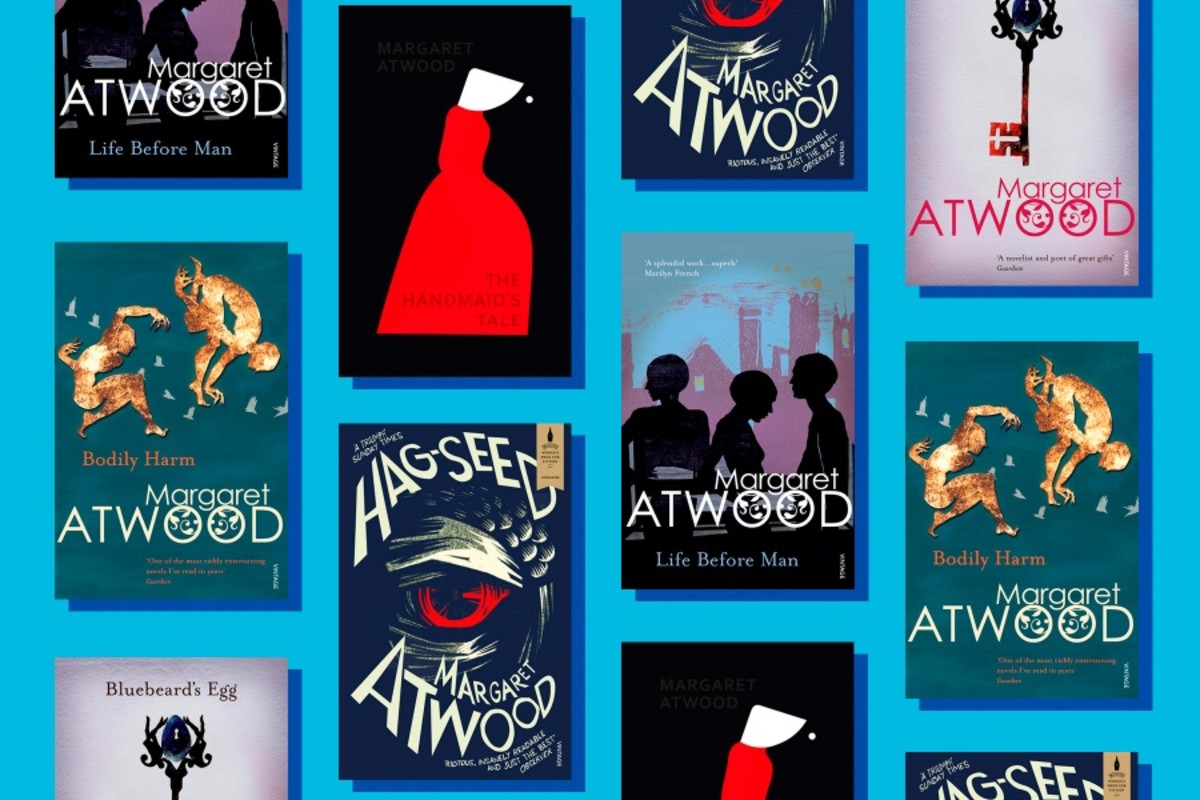Writing Dialogue: Making It Meaningful
Writing Dialogue, seems easy enough, but how do you make it meaningful? In real life, the way people speak and interact with each other, reveals much about a person or a situation. Dialogue in storytelling can do the same, especially if done well. This doesn't always come easy to writers. Making dialogue meaningful and realistic can be a challenge. Bad or empty dialogue will bore or distract the reader and in doing so remove them from the story. Basically, dialogue is one of the factors that can make or break a story. Good dialogue will help advance your story and develop your characters, so it is a challenge worth taking.
If you're up for the challenge, I've provided some tips and a dialogue exercise below to help you improve your dialogue writing skills.

Tips For Writing Good Dialogue
Good dialogue is realistic, engaging and meaningful. Bad dialogue is empty, boring and hard to follow. There are many things that make up good dialogue. But putting them into practice can be difficult. Here are some tips to help you improve your dialogue writing skills.
- Listen to
how people talk.
- Pay attention to the people around you. Listen to how they speak and observe how they interact. Learning natural speech patterns is essential to your dialogue writing. Using the people watching exercise I mentioned in an earlier hub, can help you accomplish this task. - Make it
sound like real speech.
- Edit out any unessential dialogue. If it doesn't contribute to the plot or reveal something about the character in some way, then it has to go. People don't want to read a conversation about the weather, unless there is some underlying meaning behind it. No unspoken dialogue in a conversation like that, makes it empty and unnecessary. - Don't say
everything all at once.
- Don't make it obvious that your dialogue has an underlying message or that its giving the reader important facts. You don't have to tell the reader everything up front; let the story unfold on its own. Also don't recap earlier conversations or details. Trust the reader to remember. - Dialogue is
not just speech.
- Combine your characters speech with their physical actions, in order to show the reader that your character is a physical being. Long periods of dialogue can cause the reader to lose interest. Breaking it up with gestures and descriptions keep the reader engaged. - Beware of
the dialogue tags web.
- Over time in your story each of your characters should have developed their own way of speaking. Using "he said/she said" too much can cause the dialogue to drag on. Also finding synonyms for the word "said" takes more time that can be used for more important things. If the conversation is just between two people, you don't need to specify who is saying what, as long as your characters are lifelike and distinct. - Use proper
punctuation.
- Try to learn some of the basics of punctuating dialogue. It is important to punctuate correctly. Correct punctuation helps bring emotion into your dialogue.
More Hubs on Writing
Dialogue Exercise
This is a dialogue exercise that puts many of the above tips into play. Use it for practice when your writing your dialogue or use it as a template if you're new to writing.
An
Exercise In Dialogue
Think of two characters in one of the following settings:
- A laundromat, folding laundry.
- A kitchen, washing dishes.
- A bedroom, getting dressed on a Sunday morning.
- Or choose your own setting
Use the third person prospective.
Character A: A line of dialogue six
words or less.
Character B: No spoken response – The narrator describes a gesture by B.
Character A: A line of dialogue six words or less.
Character B: Two complete sentences of dialogue.
Character A: Two words of dialogue
Character B: A line of dialogue ten words or more.
Character A: No spoken response – The narrator describes a noise made by A.
Character B: A line of dialogue six words or less.
The narrator gives a description of an object that’s part of the setting.
Character A: A line of dialogue beginning with “I remember…”
Character B: A line of dialogue commenting on something in the setting
Character A: A line of dialogue that is a question.
Character B: A line of dialogue beginning with “I used to believe…”
The narrator gives a description of an object that’s part of the setting.
Character A: A line of dialogue that is a question.
Character B: No spoken response – The narrator describes B handling an object
in the setting.
Character A: Tells a story in dialogue
Character B: A line of dialogue beginning with “You never…” or “I never…”
Character A: No spoken response – The narrator describes a gesture by A.
Skylar Spring © copyright 2011









